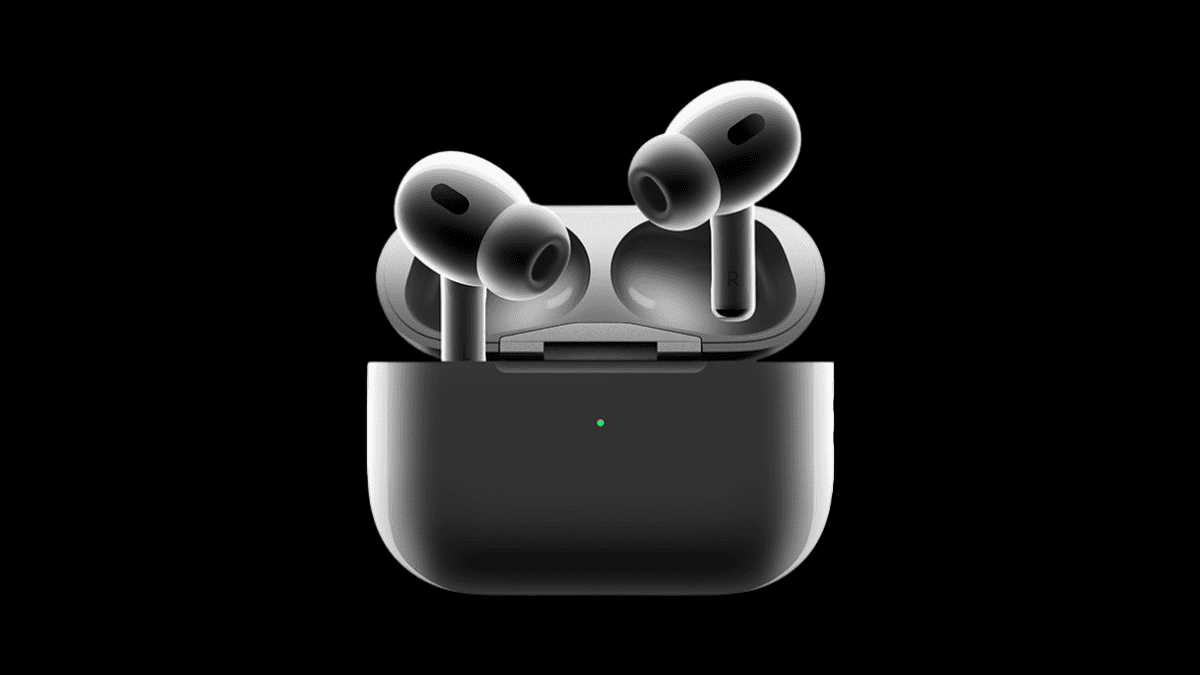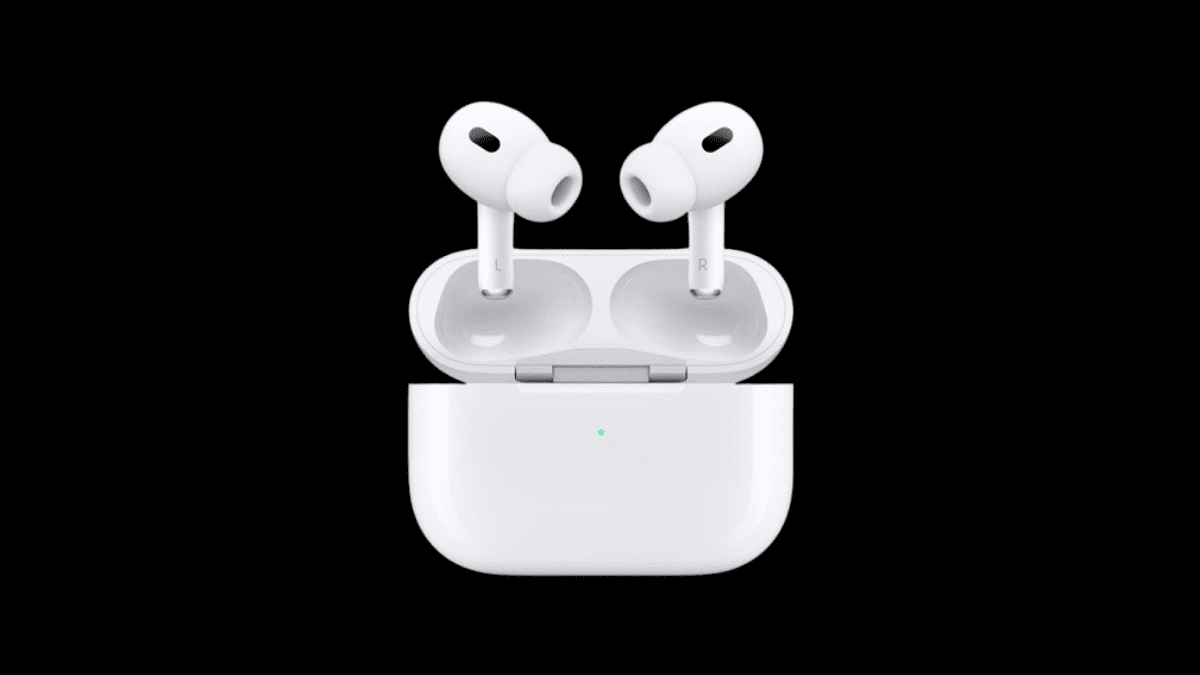Watch Series has evolved from a simple smartwatch into a powerful tool for health, fitness, and connectivity. Starting with basic features like notifications and heart rate monitoring in early models, each new release has introduced significant upgrades, such as GPS, ECG, blood oxygen monitoring, and even fall detection. The latest models, like the Series 9, offer advanced features like gesture controls, faster performance with the S9 chip, and a focus on sustainability with carbon-neutral models. Apple Watch is now an all-in-one device for staying connected, staying healthy, and staying active.
The Evolution of the Apple Watch Series
The Apple Watch Series has come a long way since its first release in 2015, continually growing in performance, health tracking, and overall functionality. Each new series has brought something fresh, from design improvements to breakthrough health features. Let’s take a look at how the Apple Watch has evolved, leading up to the current Apple Watch Series 9.
1. Apple Watch (Series 1 & Original) – 2015
Apple entered the smartwatch game in 2015 with a device that was more than just a tech gadget. The original Apple Watch focused on being both a fashion accessory and a fitness tracker.
- Features: The watch featured a Retina display with Force Touch, heart rate monitoring, and basic fitness tracking like step counting and calorie burning. The Digital Crown became a signature feature for navigation, allowing users to zoom and scroll without covering the screen.
2. Apple Watch Series 2 – 2016
Series 2 made the Apple Watch a more practical fitness companion.
- Upgrades: It added built-in GPS, meaning you could track runs or hikes without your phone. Plus, it became water-resistant up to 50 meters, allowing you to swim with it on. The display also got brighter, making it easier to see outdoors, and the dual-core processor boosted overall performance.
3. Apple Watch Series 3 – 2017
Series 3 was all about independence from the iPhone.
- Major Additions: Apple introduced the GPS + Cellular model, which allowed you to make calls, send texts, and stream music even when your iPhone wasn’t nearby. The S3 processor improved speed, while the W2 wireless chip enhanced Bluetooth and Wi-Fi performance.
4. Apple Watch Series 4 – 2018
This was a game-changer in terms of both design and health features.
- Key Innovations: Apple revamped the design, giving it a larger, edge-to-edge display with 40mm and 44mm case options. Health took center stage with the introduction of the ECG (Electrocardiogram) feature, which could detect irregular heart rhythms. The watch also came with fall detection, automatically calling emergency services if it sensed a hard fall.
5. Apple Watch Series 5 – 2019
Series 5 introduced a feature many had been waiting for.
- Highlight: The Always-On Retina display made it so you no longer had to raise your wrist to check the time or notifications. It also came with a built-in compass and boosted internal storage to 32GB. Despite the always-on display, battery life still lasted about 18 hours.
6. Apple Watch SE – 2020
The Apple Watch SE was introduced as a more affordable option.
- Features: It offered many of the core functions from the Series 5, including a large display and advanced fitness tracking. However, it lacked premium features like the ECG and Always-On Display, making it a great choice for those looking for a more budget-friendly option.
7. Apple Watch Series 6 – 2020
Series 6 was all about improving health tracking.
- New Health Tools: The Blood Oxygen sensor (SpO2) allowed users to monitor their oxygen levels, which is particularly useful for understanding overall wellness. It also came with a faster S6 chip, making everything feel more responsive. For fitness lovers, the always-on altimeter tracked elevation changes in real time.
8. Apple Watch Series 7 – 2021
Series 7 refined the design further and focused on durability.
- Changes: The display got even larger, with thinner borders for more screen real estate. It also featured faster charging—just 45 minutes to get to 80%—and was built with tougher, more crack-resistant glass, making it the most durable Apple Watch yet.
9. Apple Watch Series 8 – 2022
Health and safety were the focus of Series 8.
- Key Features: A temperature sensor added new capabilities for women’s health, such as advanced cycle tracking and fertility insights. The watch also introduced Crash Detection, which could sense if you were in a severe car accident and call emergency services. Additionally, a Low Power Mode extended battery life up to 36 hours, making it perfect for long days or trips.
10. Apple Watch Ultra – 2022
For adventurers and extreme athletes, Apple introduced the Apple Watch Ultra.
- Special Features: This rugged version featured a 49mm titanium case for durability and a battery life of up to 60 hours in Low Power Mode. It also included a dual-frequency GPS for improved accuracy and 100-meter water resistance, making it suitable for diving and other water sports.
11. Apple Watch Series 9 – 2023
The latest Series 9 brings even more speed and gesture controls.
- Innovations: Powered by the new S9 chip, this model is faster and more efficient, improving performance across the board. It also introduces the Double Tap Gesture, allowing you to control the watch without touching the screen—just tap your fingers together to answer calls, control apps, or stop timers. Siri is now processed on the device, making it quicker and more responsive, especially when querying health data.
- Sustainability: Some models are now carbon-neutral, and Apple has upped its commitment to using recycled materials throughout the watch’s construction.
What’s the Future of the Apple Watch?
As Apple continues to innovate, the Apple Watch is evolving into more than just a smartwatch—it’s a personal health assistant, a fitness coach, and a convenient extension of your smartphone. Whether it’s health tracking, connectivity, or durability, Apple pushes the boundaries of what a smartwatch can do, with each series bringing more tools and features to improve your day-to-day life.
Watch Series Nagetive and positive impact
Positive Impacts of Apple Watch Series:
- Health Monitoring: Tracks heart rate, ECG, blood oxygen, and detects falls, helping users monitor their well-being.
- Fitness Tracking: Supports various workouts, motivating users to stay active with real-time stats.
- Convenience: Easy access to notifications, calls, and apps, reducing reliance on smartphones.
- Safety Features: Emergency SOS, Crash Detection, and location sharing improve user safety.
- Innovation: Regular updates with new features like gesture control and improved battery life.
Negative Impacts of Apple Watch Series:
- Battery Life: Despite improvements, some users feel the battery life is still limited, especially with heavy use.
- Screen Time: Constant notifications and usage can contribute to digital overload.
- Price: Premium models can be expensive, making them inaccessible to some users.
- Dependency: Users may become overly reliant on the device for health and communication needs.
- Durability: Though newer models are more rugged, older models had issues with screen and case durability.







